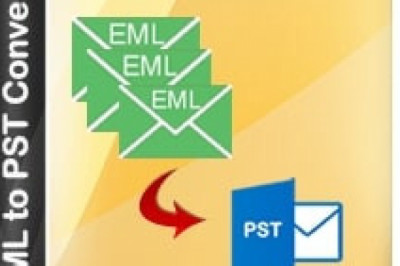views

The Purchase Order Change is a critical EDI document for inventory management, supply chain efficiency, and financial accuracy.
The EDI 860 is a common name for the Purchase Order Change. This document ensures the accuracy of a final order. It also aids in invoice reconciliation and timely payment.
What is a purchase order change request (EDI 860)?
When a correction to a previously submitted purchase order is required, a purchase order change request is often issued from a buyer (retailer or distributor) to a seller (vendor or supplier).
This document describes the original purchase order as well as the adjustments that were required. Purchase order adjustments can happen at any point during the order cycle. A buyer, for example, could send an EDI 860 to correct pricing.
A buyer may also send this document if the balance of the order requires a quantity modification or a new ship date. Buyers can also cancel orders using the EDI 860.
It’s also worth noting that some companies don’t utilize this form. Buyers instead submit an updated 850 EDI purchase order.
Why is EDI 860 compliance important to buyers?
Having a consistent mechanism to convey order changes and an audit trail is becoming increasingly vital for all trading partners.
The following are some of the essential advantages of the EDI 860 for buyers:
-
Order fulfillment is more accurate and faster.
Purchase order adjustments can be automated, resulting in faster order fulfillment and fewer errors. Electronic orders, as opposed to faxed or emailed orders, typically minimize wait time by two to three days.
-
Reduce safety stock and inventory in stores and warehouses.
The EDI 860, when combined with other automated EDI documents, helps purchasing companies reduce inventory by up to 5%. Just-in-time inventory retailers should consider enabling and integrating EDI 860. It allows buyers to order only as many things as they require, at precisely the right time.
-
Improve the reconciliation of invoices
Approximately 30% of invoices will have issues with payment terms, quantity, or pricing if they are not automated.
Human intervention and time-consuming and costly errors are eliminated when the order cycle is automated. Electronic purchase order updates also prevent the shop from overpaying for things that were never delivered.
How do suppliers benefit from EDI 860?
Here are some potential benefits for your company if your retail customer has requested that you use the EDI 860:
-
Concentrate on work that adds value.
You can avoid time-consuming paperwork and correspondence by automating the receipt of order modifications.
This frees up your team’s time to focus on higher-value work.
-
Improve the efficiency of your order processing
The EDI 860 reduces order processing time as well as data entry errors.
You may save money on workforce and order fulfillment time by automating the order process.
-
Invoicing is more precise.
You can ensure that you invoice the store for the exact amount by using electronic purchase order changes.
This prevents you from overcharging or undercharging your consumer, as well as having to correct invoicing issues afterward.
-
Sellers can also request changes to POs.
Buyers can also seek changes to their purchase orders from sellers.
Depending on what the distributor or retailer supports, sellers may use EDI 855 or EDI 865.
This gives the buyer the option of updating or canceling the purchase order, which streamlines order fulfillment at your warehouse.
How to avoid common EDI 860 issues?
EDI mapping is the most typical problem with EDI 860.
The comprehensive EDI specifications required by a specific trading partner are provided through EDI maps.
For connecting your business with each of your trading partners, you’ll need a unique EDI map, and your team will need to update the EDI maps whenever a trading partner needs changes. An EDI transaction can fail due to mapping issues with the EDI 860.
Relying on an EDI Solutions provider like HubBroker is the ideal approach to eliminate the fear of EDI 860 difficulties. HubBroker handles everything from determining your trading partner’s needs to updating your map.
In today’s retail environment, EDI is essential for survival. Contact us today to know how HubBroker can help you streamline your EDI processes.












